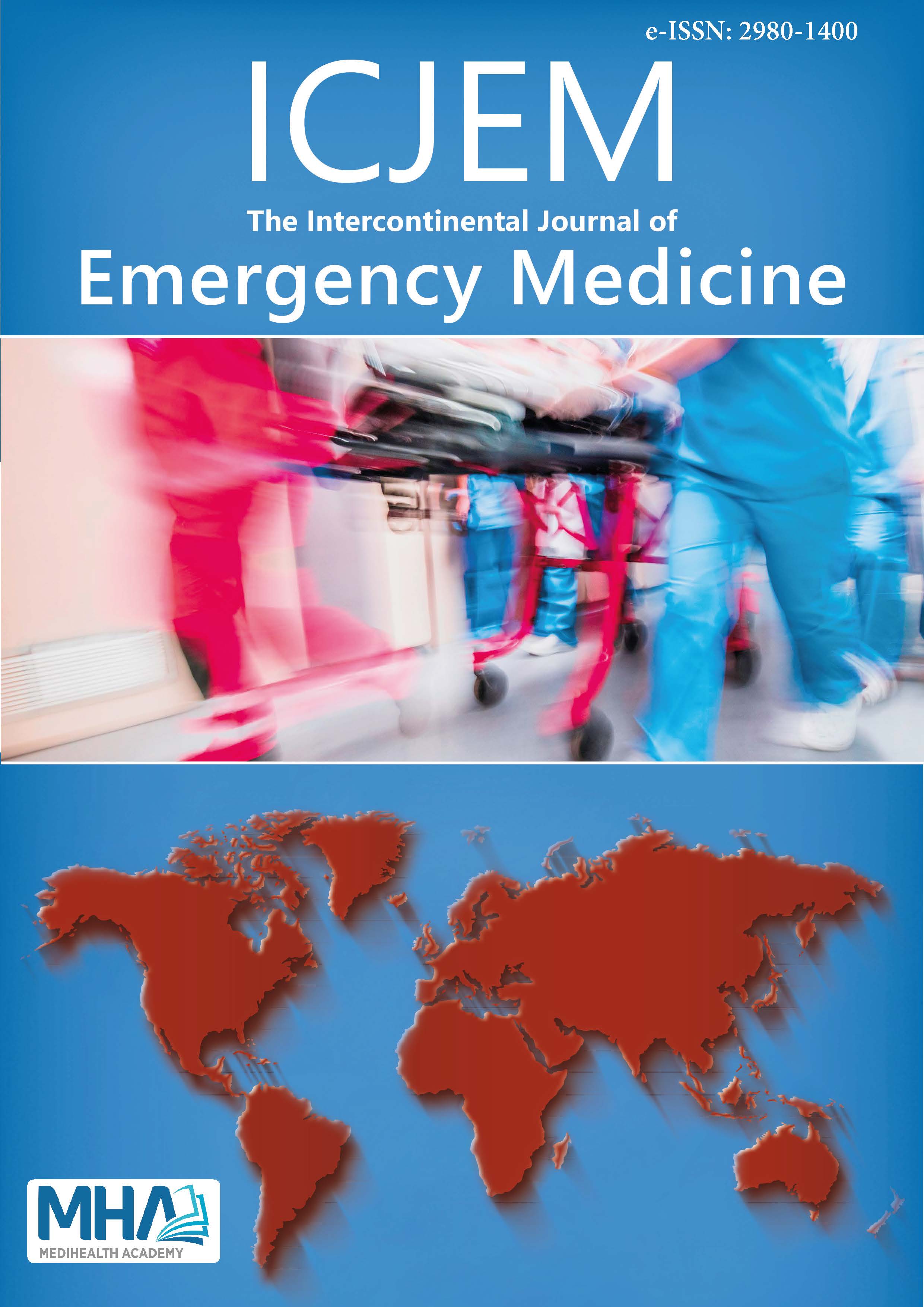1. Ageno W, Gallus AS, Wittkowsky A, Crowther M, Hylek EM, PalaretiG. Oral anticoagulant therapy. Chest. 2012;141(2):e44S-e88S. doi:10.1378/chest.11-2292
2. Hull RD, Garcia DA, Vazquez SR. Biology of warfarin and modulatorsof INR control. In: UptoDate. Leung LLK, ed. Available from: https://www.uptodate.com/contents/biology-of-warfarin-and-modulators-of-inr-control Accessed November 22, 2021.
3. Tran HA, Chunilal SD, Harper PL, Tran H, Wood EM, Gallus AS.An update of consensus guidelines for warfarin reversal. Med J Aust.2013;198(4):198-199. doi: 10.5694/mja12.10614
4. Guyatt GH, Akl EA, Crowther M, Gutterman DD, SchuünemannHJ. Executive summary: antithrombotic therapy and prevention ofthrombosis: American College of Chest Physicians evidence-basedclinical practice guidelines. Chest. 2012;141(2):7S-47S. doi: 10.1378/chest.1412S3
5. Franchini M, Lippi G. Prothrombin complex concentrates: an update.Blood Transfus. 2010;8(3):149-154. doi: 10.2450/2010.0149-09
6. Goldstein JN, Rosand J, Schwamm LH. Warfarin reversal inanticoagulant-associated intracerebral hemorrhage. Neurocrit Care.2008;9(2):277-283. doi: 10.1007/s12028-008-9049-z
7. Available from: http://cofact.centurion.com.tr/cetvel.php AccessedNovember 16, 2021.
8. Zareh M, Davis A, Henderson S. Reversal of warfarin-inducedhemorrhage in the emergency department. West J Emerg Med.2011;12(4):386-392. doi: 10.5811/westjem.2011.3.2051
9. Majeed A, Eelde A, Agren A, Schulman S, Holmström M.Thromboembolic safety and efficacy of prothrombin complexconcentrates in the emergency reversal of warfarin coagulopathy.Thromb Res. 2012;129(2):146-151. doi: 10.1016/j.thromres.2011.07.024
10. Appleby N, Groarke E, Crowley M, et al. Reversal of warfarinanticoagulation using prothrombin complex concentrate at 25 IUkg-1 : results of the RAPID study. Transfus Med. 2017;27(1):66-71. doi:10.1111/tme.12371
11. Pabinger I, Brenner B, Kalina U, Knaub S, Nagy A, Ostermann H.Prothrombin complex concentrate (Beriplex P/N) for emergencyanticoagulation reversal: a prospective multinational clinicaltrial. J Thromb Haemost. 2008;6(4):622-631. doi: 10.1111/j.1538-7836.2008.02904.x
12. Soyuncu S, Aslan S, Mutlu H, Bektas F. Prothrombin complexconcentrates utility for warfarin-associated hemorrhage. Int J Clin ExpMed. 2015;8(2):2778-2783.
13. Karaca MA, Erbil B, Ozmen MM. Use and effectiveness of prothrombincomplex concentrates vs fresh frozen plasma in gastrointestinalhemorrhage due to warfarin usage in the ED. Am J Emerg Med.2014;32(6):660-664. doi: 10.1016/j.ajem.2014.02.016
14. Zubkov AY, Mandrekar JN, Claassen DO, Manno EM, Wijdicks EFM,Rabinstein AA. Predictors of outcome in warfarin-related intracerebralhemorrhage. Arch Neurol. 2008;65(10):1320-1325. doi: 10.1001/archneur.65.10.1320
15. Sørensen B, Spahn DR, Innerhofer P, Spannagl M, Rossaint R. Clinicalreview: prothrombin complex concentrates--evaluation of safety andthrombogenicity. Crit Care. 2011;15(1):201. doi: 10.1186/cc9311
16. Rech MA, Masic D, Hammond DA. Four-factor prothrombin complexconcentrate for reversal of factor Xa inhibitors versus warfarin inlife-threatening bleeding. West J Emerg Med. 2021;22(2):163-169. doi:10.5811/westjem.2020.11.47931
17. Brekelmans MPA, Ginkel K van, Daams JG, Hutten BA, MiddeldorpS, Coppens M. Benefits and harms of 4-factor prothrombin complexconcentrate for reversal of vitamin K antagonist associated bleeding:a systematic review and meta-analysis. J Thromb Thrombolysis.2017;44(1):118-129. doi: 10.1007/s11239-017-1506-0
18. Tran HA, Chunilal SD, Tran H. An update of consensus guidelines forwarfarin reversal. Med J Aust. 2014;200(2):82. doi: 10.5694/mja13.10685
19. Reilly RF, Jain N. Warfarin in nonvalvular atrial fibrillation-time for achange? Semin Dial. 2019;32(6):520-526. doi: 10.1111/sdi.12829
20. Toth P, van Veen JJ, Robinson K, et al. Real world usage of PCC to “rapidly” correct warfarin induced coagulopathy. Blood Transfus.2013;11(4):500-505. doi: 10.2450/2012.0113-12

